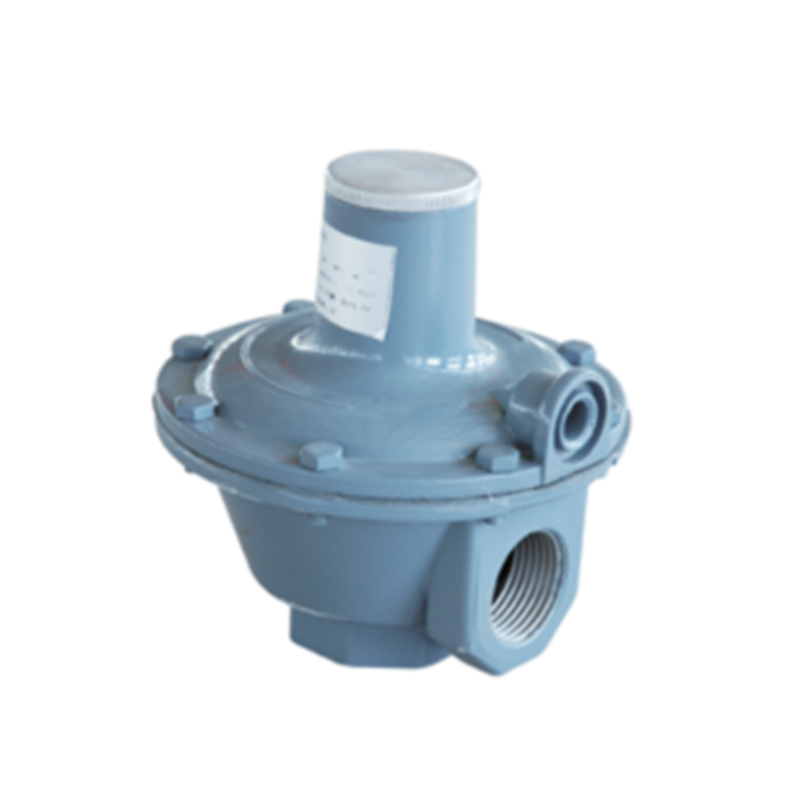
8 月 . 14, 2024 06:31
Back to list
Understanding Pressure Regulating Valves and Their Importance in Fluid Control Systems
Pressure Regulating Valves A Critical Component in Fluid Systems
Pressure regulating valves (PRVs) play a vital role in various industrial applications, ensuring the safety and efficiency of fluid systems. These valves are designed to maintain a specific pressure level within a system, preventing fluctuations that could lead to operational inefficiencies or catastrophic failures. In this article, we will explore the working principle, types, applications, and importance of pressure regulating valves.
Working Principle
A pressure regulating valve functions primarily by automatically adjusting the flow of fluids (liquids or gases) to maintain the desired pressure downstream. The valve operates based on the principle of pressure differential. When the downstream pressure falls below a predetermined set point, the valve opens to allow more fluid into the system. Conversely, if the pressure exceeds the set point, the valve restricts the flow, thereby reducing the pressure. This self-regulating mechanism enables PRVs to provide consistent pressure control without manual intervention.
Types of Pressure Regulating Valves
There are various types of pressure regulating valves, each designed for specific applications. The most common types include
1. Direct-acting Pressure Regulators These regulators consist of a diaphragm and are widely used in low-pressure applications. They respond directly to changes in downstream pressure and are typically used for gases and lightweight liquids.
2. Pilot-operated Pressure Regulators These regulators utilize a pilot valve to control a larger main valve, making them suitable for high-pressure systems. They offer better regulation and responsiveness compared to direct-acting regulators.
3. Lock-up Pressure Regulators These are specifically designed to maintain a set pressure without the need for continuous flow. They are often used in applications where the system may experience low flow rates.
4. Temperature-compensating Regulators These valves adjust for variations in temperature, ensuring that pressure remains stable even when conditions fluctuate.
.
Pressure regulating valves are used in various applications across multiple industries, including
صمام تنظيم الضغط

- Oil and Gas PRVs are crucial in the upstream and downstream processes to control wellhead pressures and protect equipment from overpressure.
- Water Supply Systems In municipal water supply and irrigation systems, PRVs maintain the required pressure for efficient distribution and to prevent pipe bursts.
- HVAC Systems In heating, ventilation, and air conditioning systems, these valves regulate refrigerant pressure, ensuring optimal performance and system longevity.
- Chemical Processing In industries where precise pressure control is essential for safety and quality, PRVs help mitigate risks associated with volatile chemicals.
Importance of Pressure Regulating Valves
The importance of pressure regulating valves cannot be overstated. They contribute to
- Safety By preventing excessive pressure buildup, PRVs reduce the risk of equipment failure, leaks, and explosions.
- Efficiency Maintaining optimal pressure levels ensures that systems operate efficiently, reducing energy consumption and operational costs.
- Equipment Longevity By protecting equipment from pressure spikes, PRVs extend the life of pumps, pipes, and other components in fluid systems.
- Regulatory Compliance Many industries are subject to strict regulations regarding pressure levels. PRVs help ensure compliance with these standards, avoiding potential fines or shutdowns.
Conclusion
In summary, pressure regulating valves are indispensable components in various fluid systems, playing a crucial role in maintaining safety, efficiency, and performance. By understanding their function, types, and applications, industries can better appreciate the value of integrating these valves into their operations. As technology continues to advance, the design and capability of pressure regulating valves will likely evolve, further enhancing their importance in modern engineering solutions.
Latest news
-
Unlocking The Quality Gas Pressure ReducersNewsNov.01,2024
-
The Role of Gas Pressure Reducing StationsNewsNov.01,2024
-
The Importance and Functionality of Safety Relief ValvesNewsNov.01,2024
-
The Essential Role of Safety Valves in Natural Gas ApplicationsNewsNov.01,2024
-
The Essential Role of Gas Pressure RegulatorsNewsNov.01,2024
-
Enhance Your Premium Gas FiltersNewsNov.01,2024

